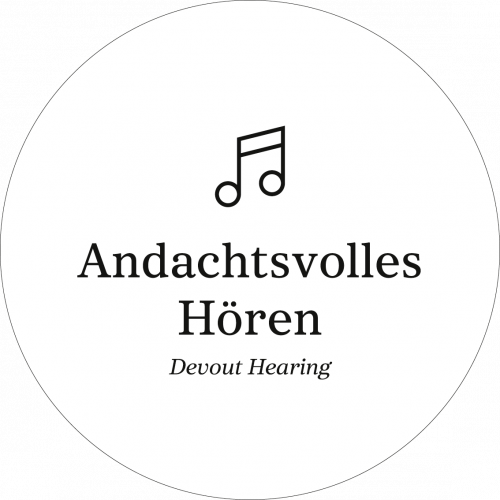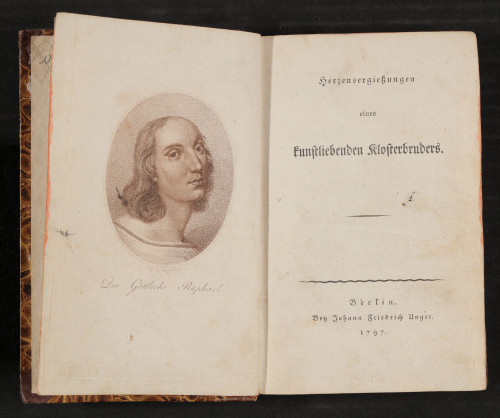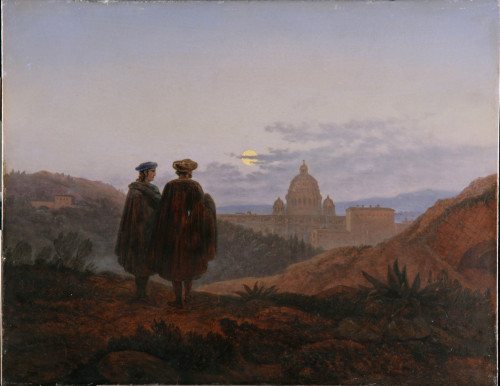The book Outpourings of an Art-Loving Friar by the two friends Wilhelm Heinrich Wackenroder and Ludwig Tieck was published anonymously in 1796. Opposite the title page is a portrait of the Renaissance painter Raphael, captioned “The Divine Raphael”. It was based on a self-portrait by Raphael of the year 1506.
In the Outpourings, an old lay brother — that is, a monk — with an appreciation of art collects stories about artists, reflections on art, and legends. The Renaissance, and in particular the artists Raphael, Michelangelo, and Dürer, are at the centre of his meditations.
Here the role of the artist is reconsidered. For centuries, painting had been regarded as a craft with which to satisfy the artistic needs of patrons of the royalty and aristocracy or the Church. The Outpourings offered a new perspective, according to which the artist leads a divinely inspired form of life — an idea that still makes itself felt today. In the book, art is closely associated with religion.
In language downright tender in character, the Outpourings convey the idea that access to art is a personal matter. This display visualizes the special tone of the book by having characteristic phrases from it — for example “throbbing heart”, “divine images”, “soulful expression”, et cetera — flow across the wall.
The Outpourings were a revelation to many artists, who began to venerate Raphael, Michelangelo, and Dürer as ideals. In that context they also glorified the Renaissance and Middle Ages and associated with Italy a land of longing. This development found lasting expression in the art of Romanticism.
Portraits by Raphael had always been highly appreciated, but after the book’s publication they increased substantially in number, as did their modes of depiction. Illustrations were made of scenes from his life, his likeness was incorporated into other paintings, and many artists even portrayed themselves in Raphaelesque manner. Executed in 1839, the oil painting Memory of Rome II by Carl Gustav Carus belongs to that tradition. The two men in the foreground gazing at Rome and St Peter’s Basilica in the evening light, are Raphael and Michelangelo. Here the painter interwove reality and ideal, because both artists helped to create the basilica, but never saw it in its completed state. In his painting, nature and art — referred to in the Outpourings as the “two wonderful languages” — enter into an ideal alliance.


